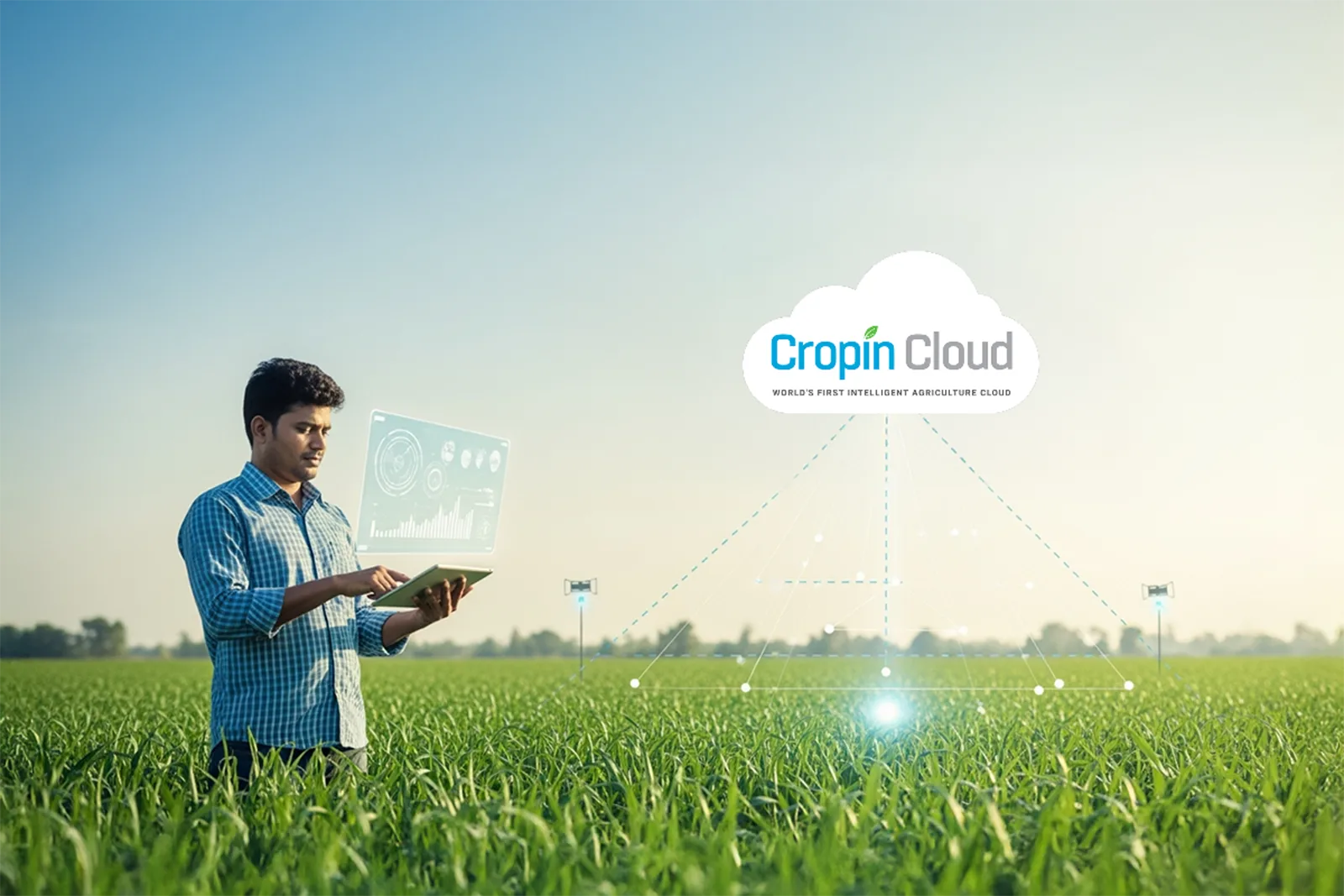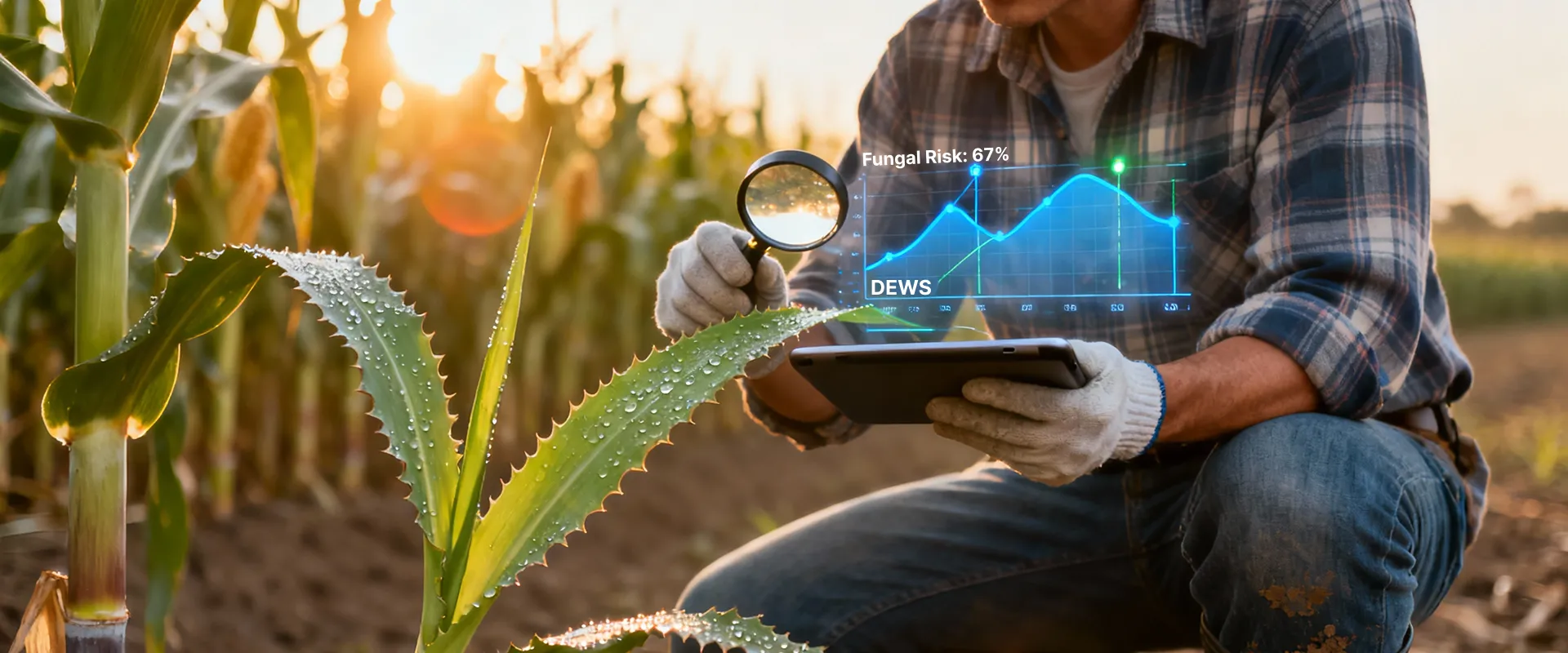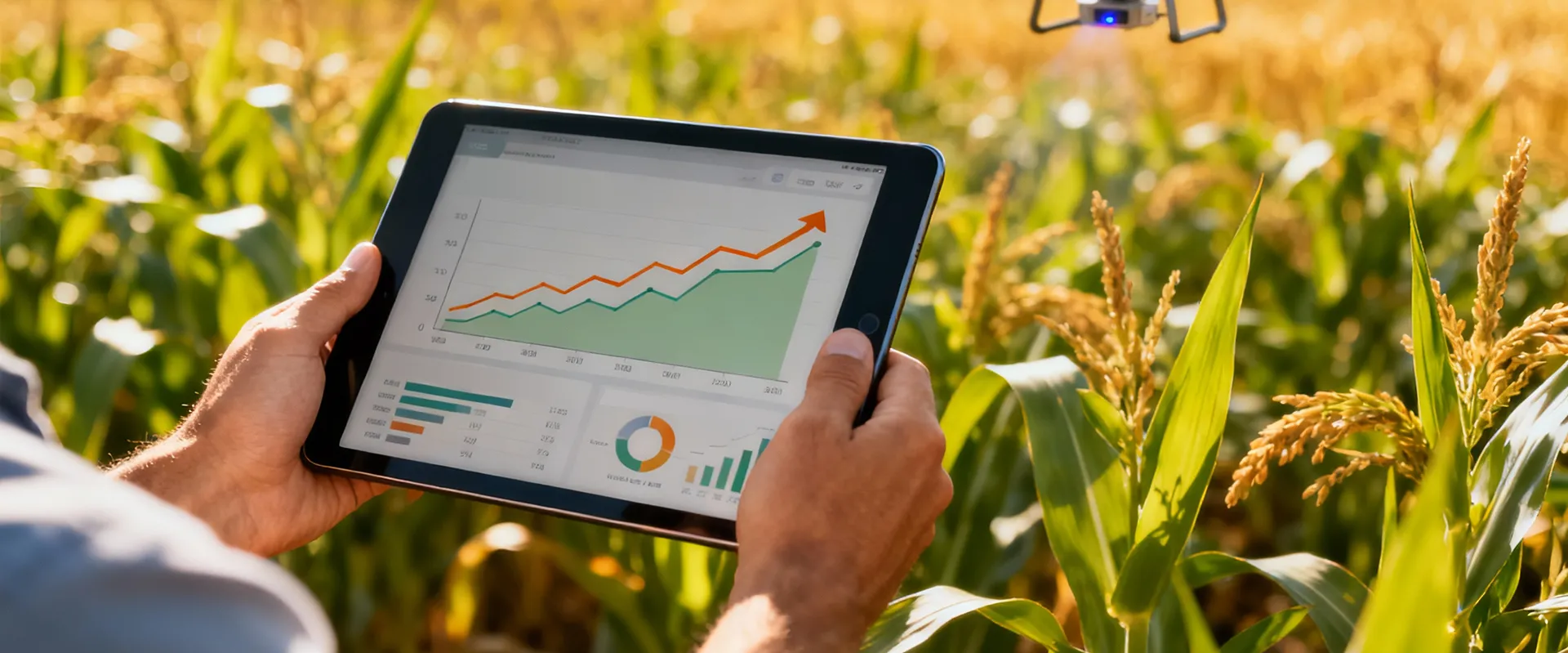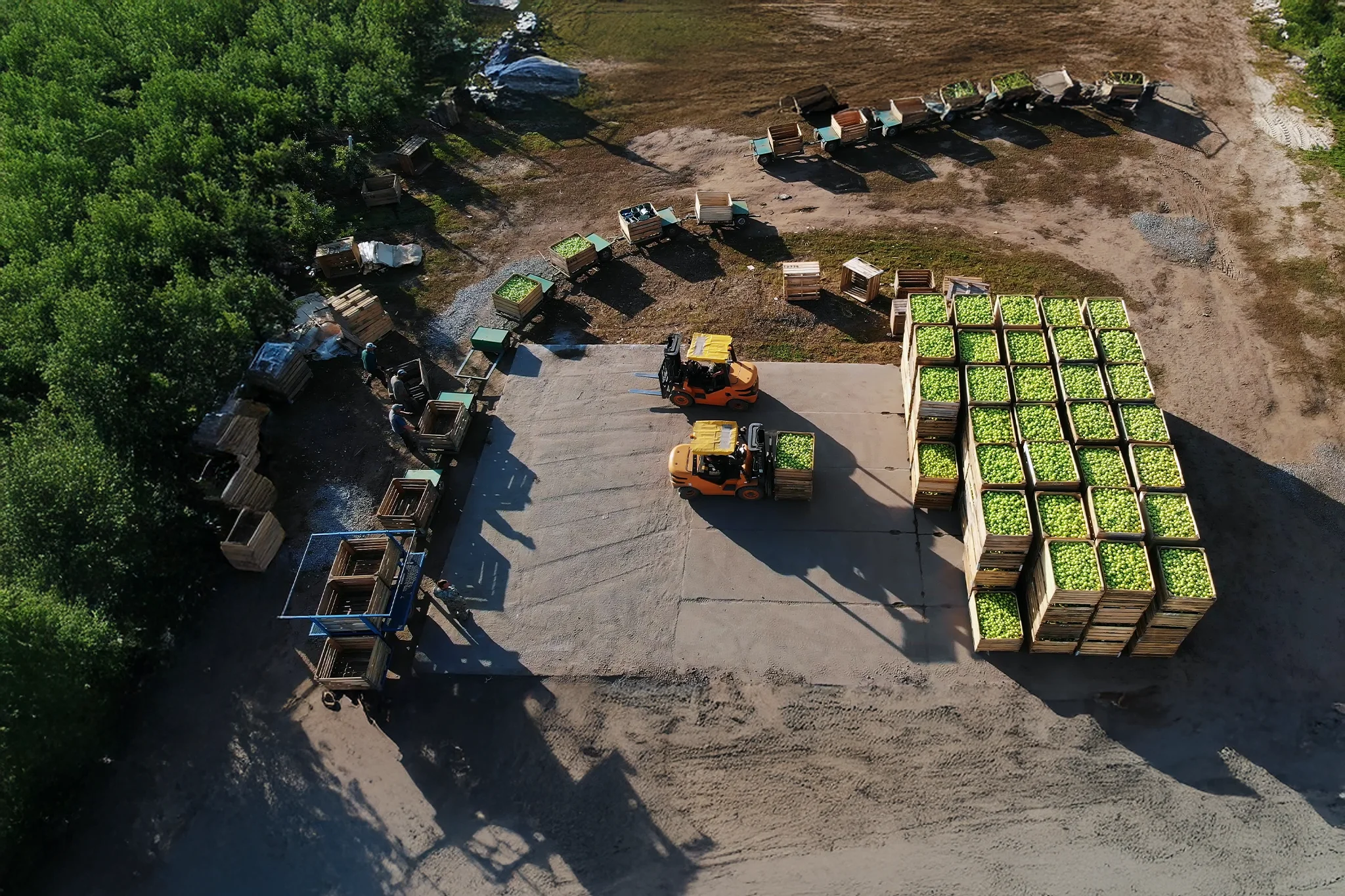How are we doing this?
The world is only seven years from the target to achieve the United Nations Sustainable Development Goal 2 (UN SDG 2) of ending hunger, malnutrition, and food insecurity in all its forms by 2030. However, the distance between the result and the target grows wider each succeeding year. The major drivers behind growing food insecurity – such as war, economic shocks, and extreme climate – have intensified and are creating a context where meeting the goals is becoming more challenging and uncertain.
The UN Food and Agriculture Organization (FAO) estimates that nearly 670 million people (8% of the world’s population) will still be facing hunger in 2030, even if a global economic recovery is considered. Increasing agricultural productivity sustainably is the only way the world can meet the global challenges facing agriculture and food systems, for which digital transformation of agriculture will be an enabler. It can boost rural economies, increase food security, reduce poverty, mitigate greenhouse gas emissions, and decrease biodiversity loss.
Roadblocks to improved food security and how Agriculture 4.0 can help overcome them
Loss of fertile land
Population growth
Climate change
Volatile weather, increasing extreme events like droughts and floods, limited availability of water, soil erosion, declining biodiversity, impaired pollination, resistant pests, and weeds, and varying growing seasons are affecting agricultural productivity. An intelligent purpose-built cloud platform for agriculture – Cropin Cloud enables contextualized data to be leveraged by machine learning (ML), artificial intelligence (AI), and predictive analytics software to transform into valuable insights and best practices that farmers can use for efficient management, to analyze risks and maximize profits. It can help farming communities and businesses in precision agriculture and determine the best input combination and proper application to optimize yields sustainably.
Rising consumer expectations
With increased awareness, consumers today demand higher nutritional content and food that is free from chemical residues, along with reduced impact on the environment during cultivation, which directly controls the cultivation method and crops to grow. Digitalization enables monitoring of climate smart agriculture and ensures end-to-end food traceability for consumers. Cropin Cloud aggregates incoming data from various pipelines to record end-to-end traceability and visibility across the value chain. Monitoring also accelerates R&D efforts to develop ideal cultivars that produce crops with higher nutritional adequacy.
Lack of access to quality inputs
Lack of adequate awareness about modern technologies
Antiquated practices
Sub-optimal data collection
Lack of data on farms and farmers
Supply chain losses
- Optimized data collection and efficient farm management
- Farmer engagement/enablement
- End-to-end monitoring
- Data-driven Agri-intelligence advisories








